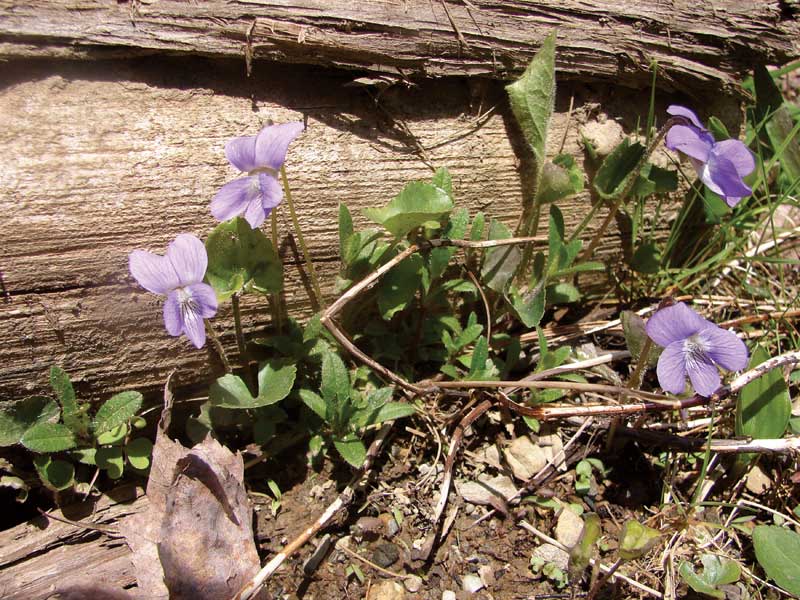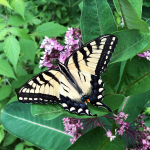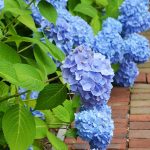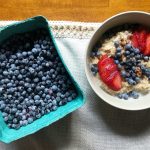Find Edible Wild Plants in Spring
Maine native Tom Seymour is an expert on foraging for edible wild plants. [slideshow post_id=”96094″] Eating wild doesn’t always require venturing far. “A vacant lot in town may have more to find than the Allagash Wilderness,” says Tom Seymour. A few years ago in Maine’s Moosehead Lake region, Seymour led a plant seminar whose participants […]

Coffee By Design | Portland, Maine
Photo Credit : Katherine KeenanEating wild doesn’t always require venturing far. “A vacant lot in town may have more to find than the Allagash Wilderness,” says Tom Seymour. A few years ago in Maine’s Moosehead Lake region, Seymour led a plant seminar whose participants foraged for edible wild plants on publicly owned land, not far from a new building site and a stream. “We found baskets and baskets of things,” he says, “mint, jewelweed, and dock.”
Fiddlehead Fix These delicate greens’ preferred location? The rich sediment banks of slow-moving streams. Head out after the ground has thawed and blackflies have made their first appearance, Seymour advises. Pick when the stem is just a couple of inches long and before the fronds have unfurled: Grab the plant near the ground and bend until it snaps.
Love the Stingers Fiddleheads mean there are other edibles nearby. That includes stinging nettles, whose prickly stems give this plant its name. In the kitchen, though, it transforms into something delicious: You can boil the leaves and serve them with butter, salt, and pepper as a side dish. Seymour likes to save the leaves’ rich green broth, mix it with lemon juice and chicken broth, and eat it as a cold or hot soup. “I’ll freeze the liquid and eat it all summer long,” he says.
Big Blue Seymour loves the versatility of the common blue violet, a woodsy edible found throughout New England. The leaves are great in salads, while a jar’s worth of flowers can be drenched with a boiled sugar-and-water mix to make a sweet blue syrup. Even better: The syrup can serve as a rough pH test for your gardening soil. Add a sprinkling of dirt to the concoction “and if the syrup turns red, it means your soil is acidic,” says Seymour.
Wild Value Free wild edibles offer more vitamins and nutrients than your standard supermarket veggies. Take dock, for example, a leafy green found in lawns and where fiddleheads grow. “It’s got twice the vitamins of spinach,” says Seymour.
Play it Safe Just like wild mushrooms, wild greens come in plenty of toxic varieties. That’s why Seymour always tells newbie foragers to learn about their plants one at a time. “Get the basic info and then get a good field guide to check the plant out against the book,” he says. “Are the leaves opposite each other on the stem, or alternating? Are they rounded or slender? Once you know all the criteria, you’ll be able to drive down the highway and spot them from your car at 50 mph.”
Tools of the Trade Never use a plastic bag to collect plants. “It will just make them sweat and wilt,” Seymour advises. “You might as well throw them away.” Instead, he arms himself with a couple of ashwood baskets, gloves, and a jackknife for snipping roots and leaves.
More good advice from Tom Seymour: wildplantsandwoolybears.blogspot.com








I own two of his books, still can’t tell what’s what in the back field. Wish I could talk to him in person, show him a leaf, say “I can’t find this in your book, what is it.”